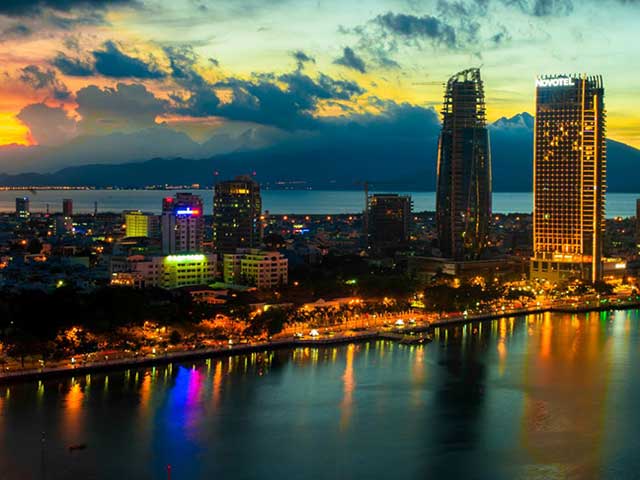Myanmar welcomed the designation of its ancient Pyu kingdom cities as a UNESCO world heritage site, marking its first entry
onto the UN cultural agency’s prized list.
An annual World Heritage Committee meeting in Doha on Sunday
granted endangered status to the remains of the cities of Hanlin, Beikthano and
Sri Ksetra in the country’s Irrawaddy basin.
“We are happy. We all worked hard to make this happen for a
long time,” Daw Me Me Khaing, director of the archaeology department at
Myanmar’s culture ministry, told AFP.
Inclusion on the list has significant economic implications
as a World Heritage Site is eligible for financial assistance toward
preservation, while the status is a powerful draw for tourists.
Remains of the palace citadels, brick Buddhist stupas and
burial grounds at the site currently draw around 60,000 local and foreign
visitors every year, according to Daw Me Me Khaing, who hopes the new status
will bring many more.
“We will have a better situation for our heritage sites as
we gain experience from this,” she said.
Officials are now campaigning for Myanmar’s better-known
ancient city of Bagan, home to a sprawling complex of Buddhist temples, to join
the Pyu cities on the UNESCO list, she added.
The temples, some of which are around 1,000 years old, are
one of the country’s most treasured religious sites and a top attraction for
foreign tourists flocking to Myanmar as it emerges from decades of military
rule.
But experts have previously warned that haphazard renovation
work on some of the temples has irreversibly damaged the landscape, which could
threaten Bagan’s chances of winning World Heritage status.
The brick, walled and moated cities at Pyu reflect the Pyu
kingdoms that flourished for over 1,000 years between 200 B.C. and 900 A.D.,
according to UNESCO.
“These ancient cities built along the Ayeyarwady (Irrawaddy)
Valley belong to the Pyu, a people speaking a language closely related to
Myanmar and now extinct,” UNESCO said in a statement.
The Paris-based Nations Educational, Scientific and Cultural
Organisation (UNESCO) oversees the system of granting coveted World Heritage
Site status to important cultural and natural sites.
Obtaining the status for sites is a point of pride for many
nations and can boost tourism, but it comes with strict conservation rules.
Other sites given the status this year include a French cave
that is home to the world’s earliest known figurative drawings, and ancient
terraces in the West Bank that are under threat from the Israeli separation
barrier.














0 comments:
Post a Comment